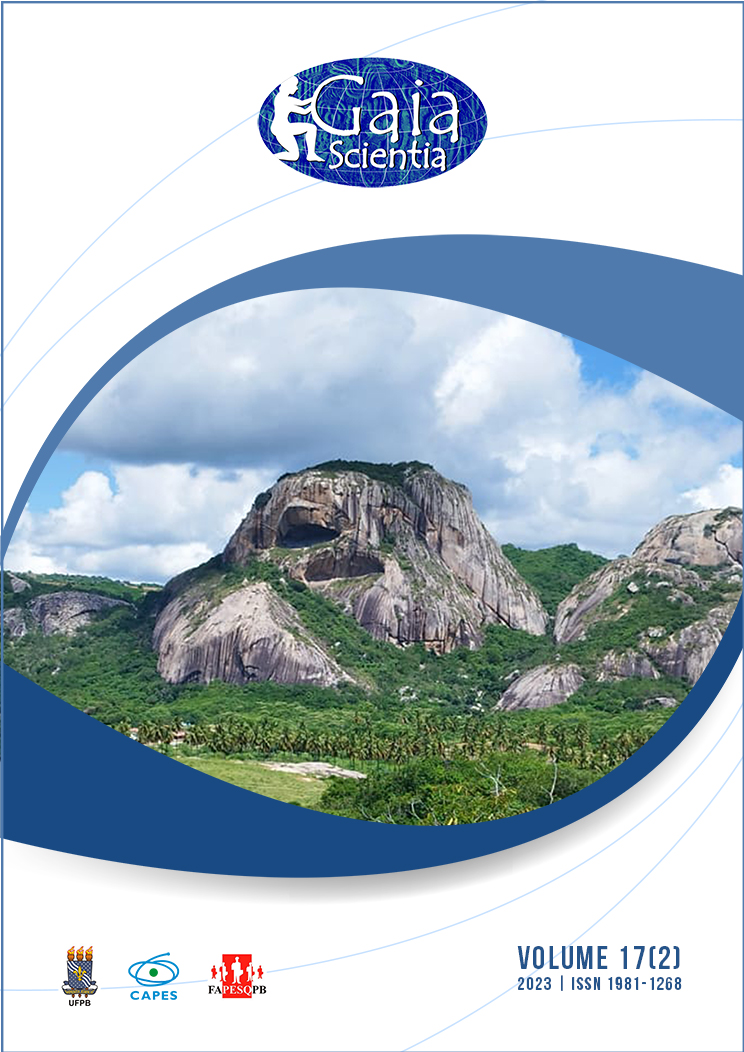Environmental perception from rural residents and specialists in a biodiversity hotspot
DOI:
https://doi.org/10.22478/ufpb.1981-1268.2023v17n2.65378Abstract
Humanity is experiencing an environmental crisis, threatening biodiversity and itself. Knowing the environmental perception of social actors in threatened ecosystems can be critical for making decisions and planning more effective conservation actions. We investigated the positive and negative environmental perceptions of the Cerrado, a biodiversity hotspot, from 48 rural residents and 49 environmental specialists (n = 97). We used semiautomated content analysis methods to explore differences in word and topic associations used by each group. As expected, we found differences in the vocabulary used by rural residents and specialists’ environmental perceptions of the Cerrado. However, only positive perceptions of the Cerrado presented different topics between groups. Rural residents tend to have a more utilitarian and anthropocentric perception of the Cerrado, emphasizing edible fruits and scenic beauties. In contrast, specialists stressed the importance of biodiversity and ecosystem services in the region, such as water supply and tourism, in regional, national, and global contexts. Public policies and environmental education activities are essential to demystify misperceptions about the Cerrado and to increase society’s awareness of the conservation of this highly threatened region.










